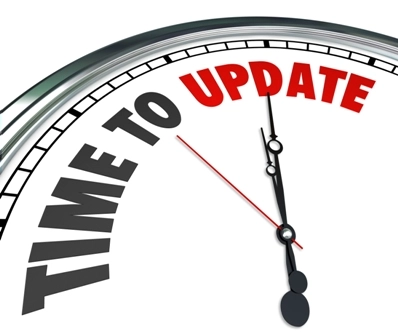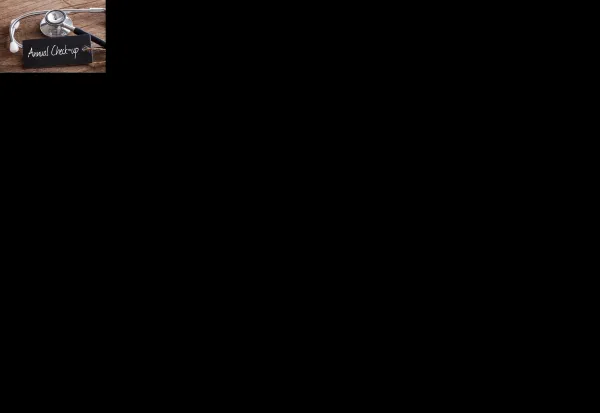Remember To Check CCI 22.0 Edits When Reporting CPT® 2016 Codes

If you are looking at the latest coding edits for 2016, you will notice that these edits cover certain integumentary codes, the new prolonged clinical staff service codes, advance care planning codes, and cerumen removal codes.
Here’s what you need to know about the latest version 22.0 of the Correct Coding Initiative (CCI) edits, which added 57,161 new bundles and deleted 20,842 more effective on Jan. 1, 2016, and how it will affect your coding.
Watch Edit Bundles For Prolonged Clinical Staff Services
CPT® 2016 saw the introduction of the following prolonged services codes to help you capture work your clinical staff performs after your internal medicine specialist sees the patient for an E/M service:
You should consider these codes included in Q0091 (Screening Papanicolaou smear; obtaining, preparing and conveyance of cervical or vaginal smear to laboratory), G0101 (Cervical or vaginal cancer screening; pelvic and clinical breast examination) and G0127 (Trimming of dystrophic nails, any number). All of these edits include a modifier indicator of “1.”
These prolonged care codes are also column 2 codes for allergy testing procedural codes (95004-95071) and allergen immunotherapy services and procedural codes (95115-95180). These edit pairs too carry a modifier indicator of ‘1.’
Note: You should also consider these prolonged services codes (99415, 99416) included in prolonged care services codes, 99354 (Prolonged evaluation and management or psychotherapy service[s][beyond the typical service time of the primary procedure] in the office or other outpatient setting requiring direct patient contact beyond the usual service; first hour [List separately in addition to code for office or other outpatient Evaluation and Management or psychotherapy service]) and +99355 (…each additional 30 minutes [List separately in addition to code for prolonged service]). “These edits are consistent with CPT® guidelines preceding codes 99415 and 99416. Those guidelines clearly state that you should not report 99415 or 99416 with 99354 or 99355,” observes a prominent coding specialist.
Finally, your preventive codes (9938x-9939x) and certain other E/M codes (99241-99498) now include ventilation codes (94002-94004, 94660-94662). All of these edits include a modifier indicator of “0,” meaning you cannot separate these edits under any circumstances.
Double Check Cerumen Removal Pairings
Both codes for cerumen removal (69209, Removal impacted cerumen using irrigation/lavage, unilateral and 69210, Removal impacted cerumen requiring instrumentation, unilateral) are listed in CCI 22.0 as the Column 1 procedure in more than 200 edit pairs. The bundled procedures range from simple wound repair and nerve injections to extended breathing tests and EEG monitoring. Most represent situations when your physician probably would not be performing both procedures during the same encounter, but take a look at the pairings just to be aware.
Switch up: The role of 69209 changes when paired with most audiologic function tests (92550-92596). In these edits, cerumen removal is bundled into the test procedure and should not be reported separately. Report the test, not the cerumen removal, since audiologic function testing cannot be performed without first cleaning out the patient’s accumulated cerumen in the ear.
Report Caloric Vestibular Tests Instead of Other Procedures
CPT® 2016 introduced two new codes for caloric vestibular tests, which means they’re fair game for being part of CCI edit pairs.
So, in CCI 22.0, you will find 92537 (Caloric vestibular test with recording, bilateral; bithermal [i.e., one warm and one cool irrigation in each ear for a total of four irrigations]) and 92538 (… monothermal [i.e., one irrigation in each ear for a total of two irrigations]), as the Column 1 code when performed with several specific procedures. File with 92537 or 92538 instead of:
“The edits involving 69209 and G0268 are because CMS does not want to pay for the removal of cerumen which allows access for the vestibular testing,” explains Barbara J. Cobuzzi, MBA, CPC, CENTC, COC, CPC-P, CPC-I, CPCO, vice president at Stark Coding & Consulting, LLC, in Shrewsbury, N.J.
Also note that the edits specify that 92537 includes the work of 92538 since 92538 (2 irrigations) is included in 92537 (4 irrigations).
Bundling For Debridement With Adjacent Tissue Transfers
According to CCI 22.0, when your physician performs an adjacent tissue transfer (ATT) such as Z–plasty, W–plasty, and V–Y–plasty to repair primary or secondary defects in the skin, you will not be allowed to report any debridement that your clinician performs separately.
As per these edits, you will not be allowed to report codes in the range 11000-11047 with any of the following ATT codes:
Modifier indicator: The modifier indicator to the edit bundle between debridement codes and ATT codes is ‘1,’ which means you can unbundle the codes by using a suitable modifier. You will be able to report both the codes separately if and only if both the procedures are performed by your physician in different sites. You will have to use the modifier 59 (Distinct procedural service) with the debridement codes.




